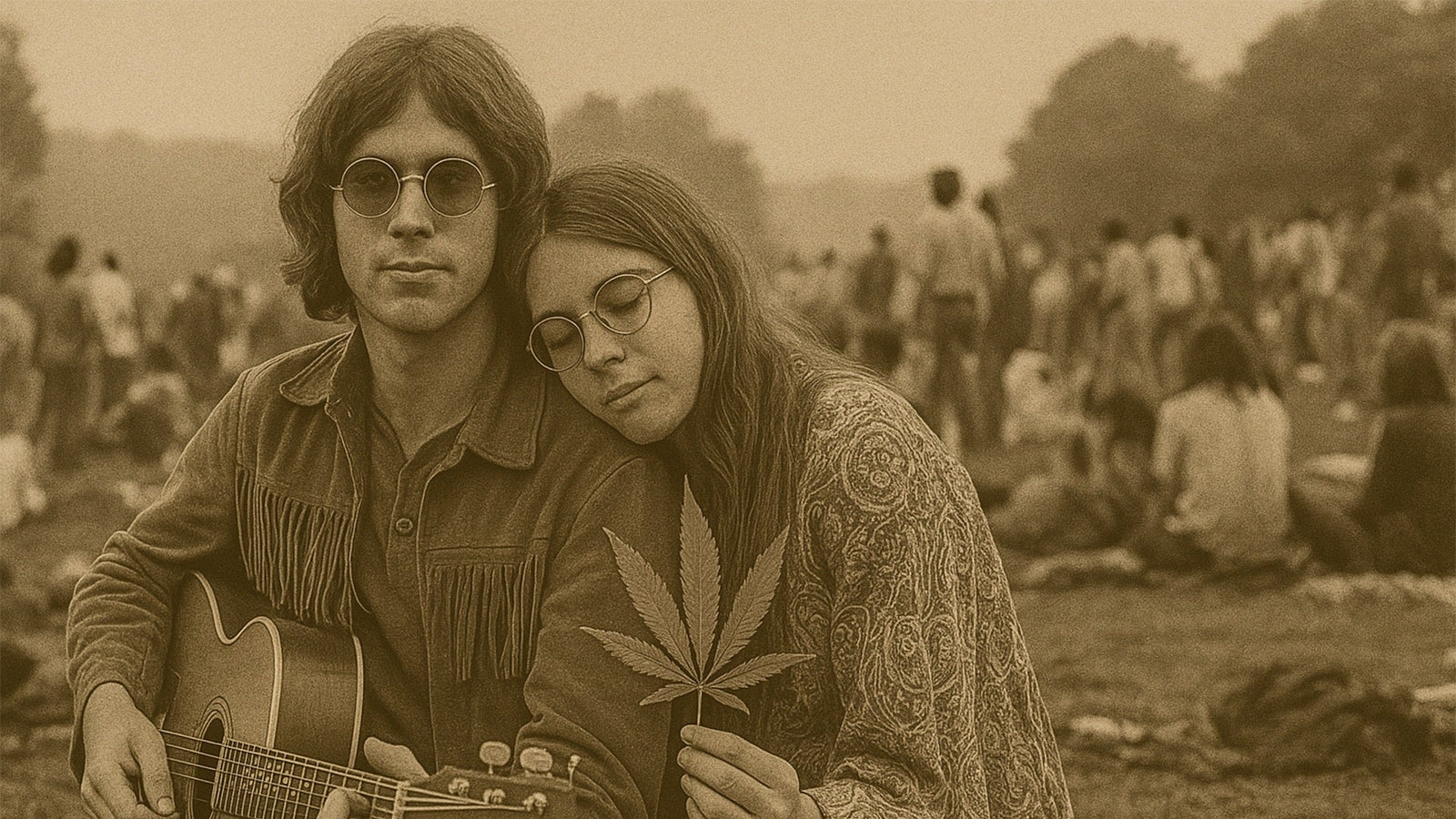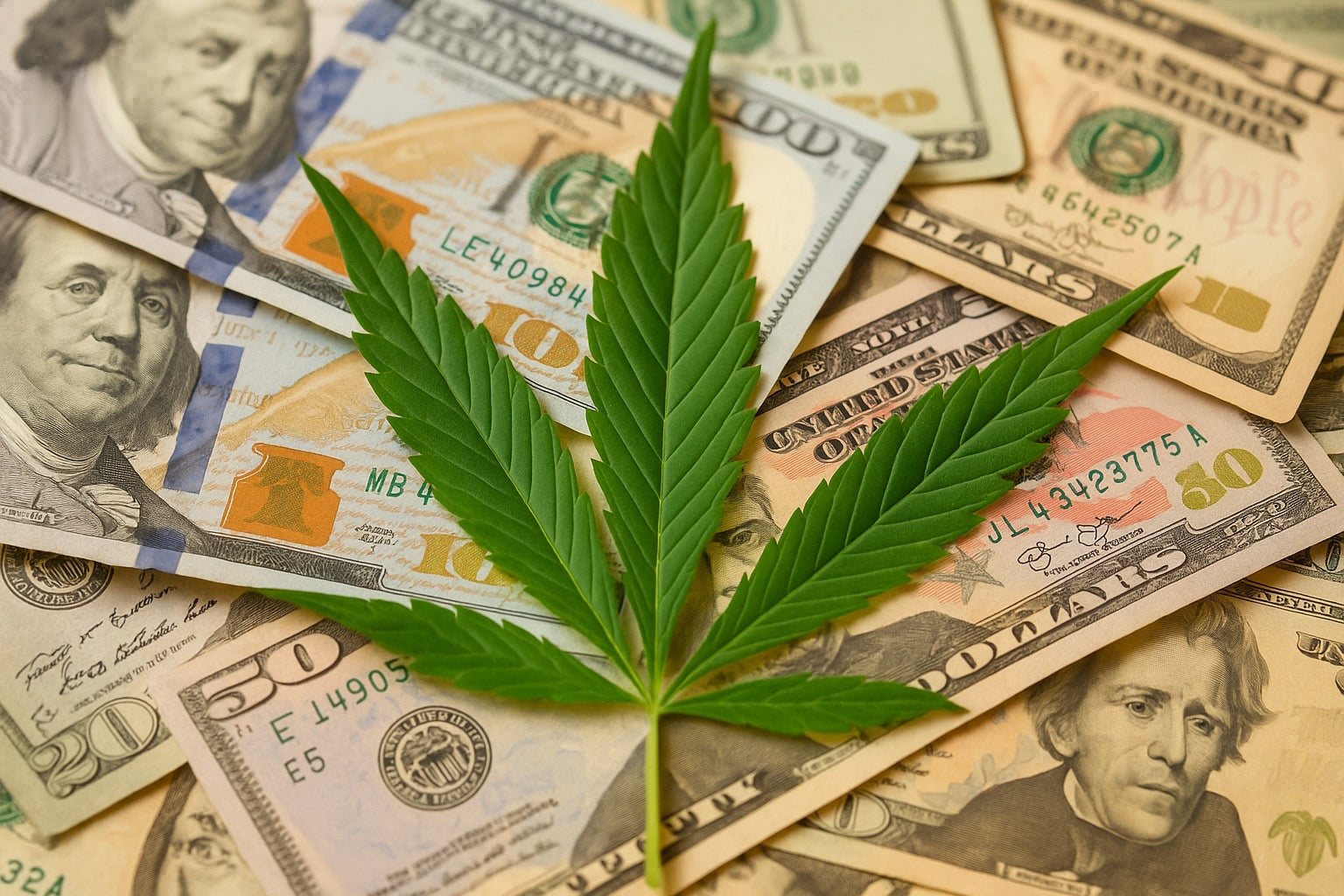
In August 1969, a quiet dairy farm in Bethel, New York, became the epicenter of a cultural revolution. Woodstock, billed as the Music & Art Fair, drew over 400,000 people for three days of music, community, and social experimentation. While it’s remembered for legendary performances by Jimi Hendrix, Janis Joplin, The Who, and The Grateful Dead, Woodstock also holds a pivotal place in cannabis history. It wasn’t just a music festival—it was a cultural turning point where cannabis was normalized, celebrated, and woven into the identity of a generation.
Cannabis as a Cultural Connector
In the late 1960s, cannabis was still illegal and widely stigmatized. But for the youth counterculture, it was more than a recreational drug—it was a statement of freedom, creativity, and resistance to the mainstream. At Woodstock, cannabis became a shared ritual. Passing a joint symbolized trust, unity, and a collective pursuit of new experiences.
Music and cannabis have always shared a natural connection. The Grateful Dead embodied the counterculture ethos, blending music, community, and expanded consciousness. Jimi Hendrix—whose electrifying rendition of The Star-Spangled Banner closed the festival—was equally known for his creative relationship with cannabis. At Woodstock, fans absorbed not just the music but the lifestyle surrounding it, one where cannabis was openly embraced as part of the cultural fabric.
A Festival as Catalyst
Woodstock helped normalize cannabis by creating a public, mainstream setting where tens of thousands could use it without fear of harsh consequences. Journalists at the time remarked on its presence, often linking cannabis to the relaxed, peaceful atmosphere that defined the event. For many, it was the first time seeing cannabis consumed so openly, transforming it from a symbol of criminality into one of peace, love, and artistic expression.
The festival also tied cannabis to broader movements of the era. Against the backdrop of the Vietnam War, civil rights struggles, and the sexual revolution, cannabis became a subtle but powerful form of rebellion. Like music, it was a tool for questioning authority and envisioning alternative ways of living. Woodstock became the ultimate stage for that philosophy.
A Lasting Legacy
The influence of Woodstock on cannabis culture is still felt today. It established the plant as a marker of creativity and community, forever tied to music, art, and social consciousness. Modern festivals and cannabis-friendly gatherings echo Woodstock’s ethos—spaces where culture and cannabis intersect to create shared experiences.
In many ways, Woodstock foreshadowed today’s broader acceptance and legalization efforts. Cannabis at the festival wasn’t just a footnote—it was a catalyst for cultural change. It helped shift public perception, inspired new generations of artists and activists, and embedded cannabis into the DNA of counterculture. More than 50 years later, Woodstock remains a touchstone for anyone who believes in the power of music, community, and cannabis to spark cultural transformation.


